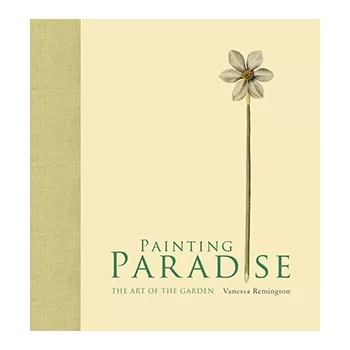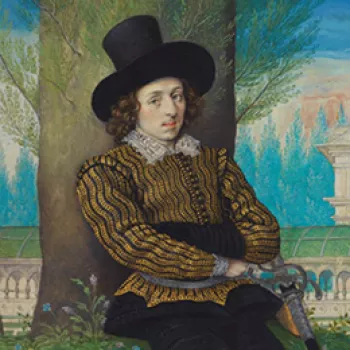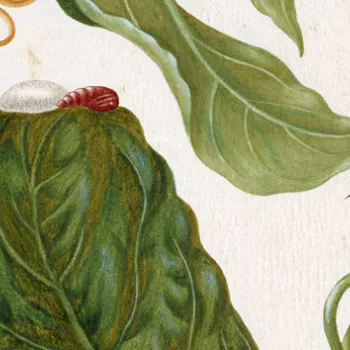Peony, 'Paeonia mascula' (L.) Mill. with the root of 'Paeonia officinalis' L. c. 1610-20
Black chalk, watercolour and bodycolour | 36.2 x 27.0 cm (sheet of paper) | RCIN 919401

Italian School, early 17th century
Peony, 'Paeonia mascula' (L. ) Mill. with the root of 'Paeonia officinalis' L c. 1610-20
-
A watercolour of a Peony, from the family Ranunculaceae; mounted in a Cassiano mount type D. The drawing shows the roots and a single flower with large pink petals. The roots drawn on a separate sheet of paper cut out and stuck on. This drawing is one of a large group of botanical sheets produced for Cassiano’s friend Federico Cesi, and acquired by Cassiano after Cesi’s death in 1630. It is a composite of two species of peony, a flowering branch of Paeonia mascula ('male peony'), to which the root of Paeonia officinalis (then known as 'female peony') has been pasted. Both species were widely used in herbal remedies of the period.
Provenance
Commissioned by Cassiano dal Pozzo; from whose heirs purchased by Pope Clement XI, 1703; his nephew, Cardinal Alessandro Albani, 1721; from whom bought by George III, 1762 and thence by descent to King George V (dispersed from Royal Library between the two World Wars); London art market (most via dealer Jacob Mendelson); by Sir Rex Nan Kivell (partner of the Redfern Galleries on Cork Street); presented to Queen Elizabeth II in 1976-77
As part of ongoing provenance research, this work has been identified as having uncertain or incomplete provenance for the years 1933–45. Royal Collection Trust welcomes information and assistance in the investigation and clarification of the provenance of all works during that era. -
Creator(s)
(collector)Acquirer(s)
Commissioner(s)
-
Medium and techniques
Black chalk, watercolour and bodycolour
Measurements
36.2 x 27.0 cm (sheet of paper)
Other number(s)
RL 19401Alternative title(s)
Peony










